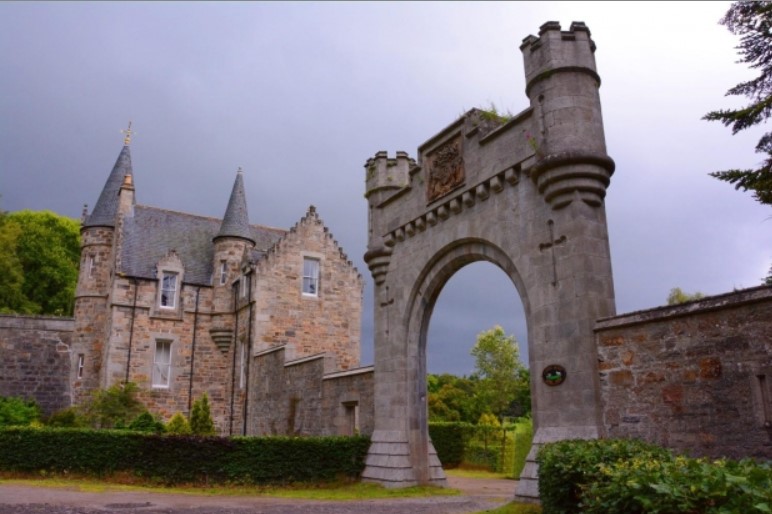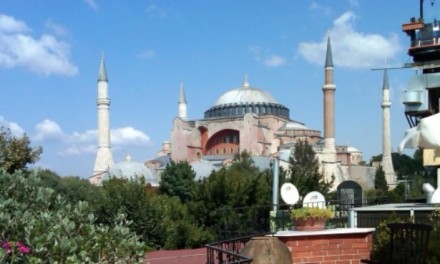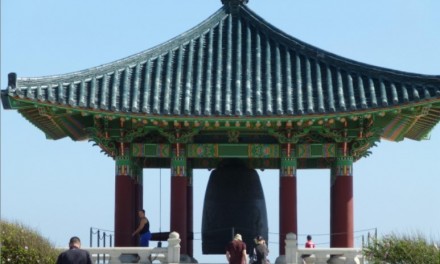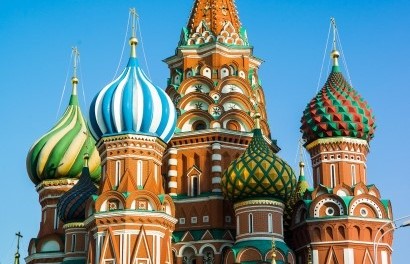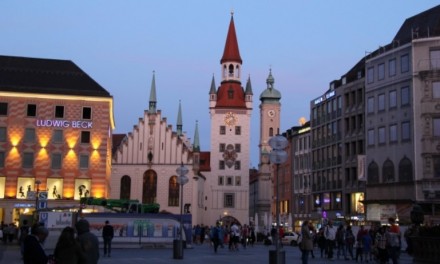It turns out that Scotland is a popular wedding destination for younger British couples to tie the knot since they can get married without their parents’ permission if they’re both at least 16 years old.
But there are other interesting aspects to a Scottish wedding.
For instance, it’s not just the bride who wears something resembling a dress to the wedding.
It’s traditional for the groom, the other males in the bridal party, and other male guests to wear kilts, sporrans, and the other features of highland dress.
A sprig of white heather is traditionally worn in a buttonhole for good luck.
Bagpipes often serenade the bride and groom as they walk up the aisle or leave the wedding chapel.
The Scots love their native countryside so much that many Scottish couples are married outdoors despite the frequently damp and rainy weather.
Hilltop weddings seem to be particularly popular in Scotland.
Of course, the wedding can also take place inside a church, or a wedding registry office.
Most Scottish weddings take place in mid-afternoon and are usually about half an hour long.
In kind with American weddings, the wedding reception is usually held at a different location than the wedding.
At the reception the bride and groom and members of the wedding party line up in a receiving line to greet guests who come down the line shaking hands, embracing the happy couple and introducing themselves to the members of the wedding party that they’ve not yet met.
Drinks are served while the new bride and groom mingle and chat with their guests.
The drinks are usually whiskey or wine, with at least one non-alcoholic beverage for the non-drinking adults and children.
At the wedding feast the best man and the bride’s father offer toasts to the new couple, wishes for a successful marriage, and share funny stories about the bride or groom.
The groom must follow up with a toast to his new bride.
Champagne is traditionally used for this toast.
Scottish weddings usually feature dancing after the wedding feast.
Because of their pride in their Scots heritage, the dances are traditional Scottish ones executed by couples and groups to the tune of traditional Scottish instruments like pipes and drums.
The bride and groom lead the first dance, with the members of the bridal party leading the second dance, and the rest of the guests join in.
Wedding gifts are not opened at the reception, but are usually opened beforehand and are often on display at the reception.

